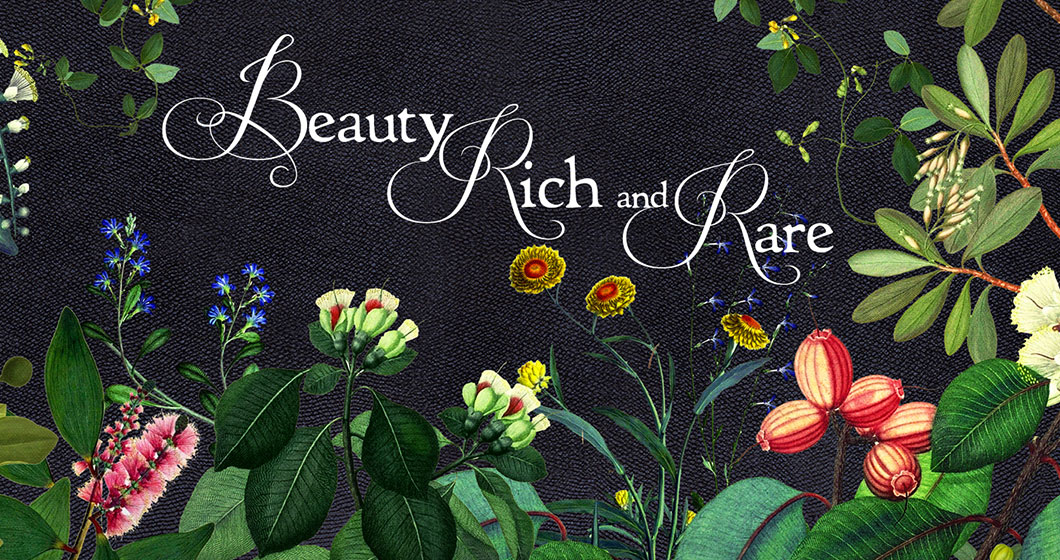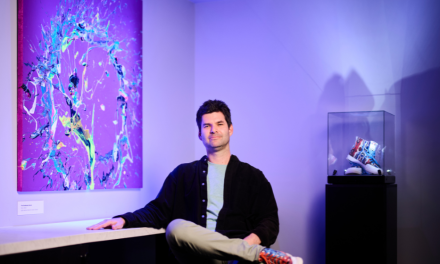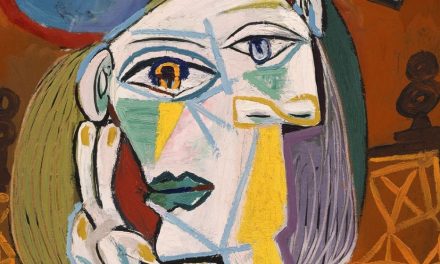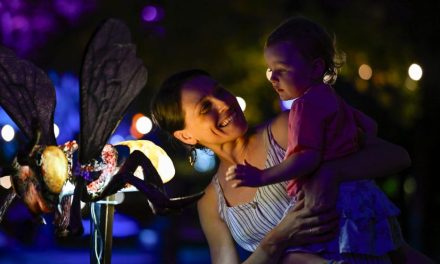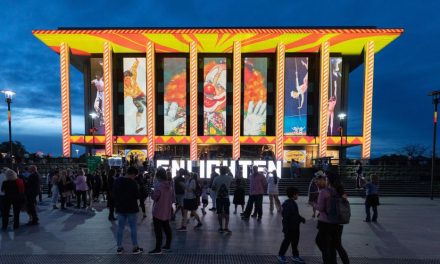There’s a sharp divide between being a good historian and being able to communicate what you know to everyone, as any number of meticulously researched but utterly unreadable history books will tell you, if you can get through them.
The National Library’s ‘Beauty Rich and Rare,’ a recent short film installation, condenses a complex story. It also gives a clear idea of its significance. It covers the work of Joseph Banks, a naturalist and botanist who accompanied James Cook (then a lieutenant) on his great journey around Brazil, New Zealand, Tahiti and eventually the Eastern coast of Australia.
As an aside, followers of historical debates might find it funny that the film calls Cook the first European to see that part of the continent, which is a good deal more qualified than “he discovered Australia” which is how it was erroneously taught when I was young.
Banks did a massive amount of work on the journey. He sketched, catalogued and identified the plants and animals of the new continent. He was also part of an experiment to calculate the distance from the Earth to the sun and did work towards calculating longitude (the difficulty of doing so is its own long saga) he went on to head the Royal society for 40 years.
There’s a lot to cover, and the film does so admirably, using original images from the era, quotes from the figures of the time, digitised representations and narration to cover several very, very eventful years, spread across five large screens. The effect is an atmospheric and informative 15 minute.
There is some cost to this brevity. It skips over any discussion of the colonial question, which is significant given that Banks spent much of his later life advocating for the colonisation of the continent. It’s a statement by omission. But it also does a nice job of dovetailing the accuracy of astronomical measurements at the time (accurate to within some tiny fraction of a percentage point) with the accuracy of their native guide (able to draw a map of hundreds of local islands and name seventy-five of them from memory)
Overall, it’s a brief but jam-packed presentation. It’s got a lot of ground to cover and covers it well. It’s an excellent use of 15 minutes if you find yourself in the under-appreciated part of the city’s cultural row. If nothing else, you will finally find out what a sextant is for.
Beauty, Rich and Rare at the National Library of Australia until 10 February 2019.


